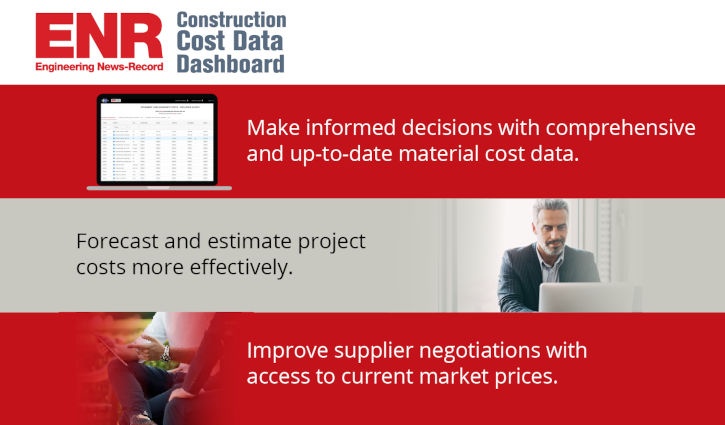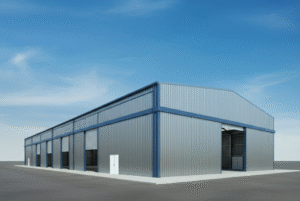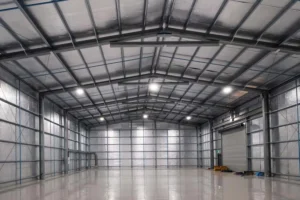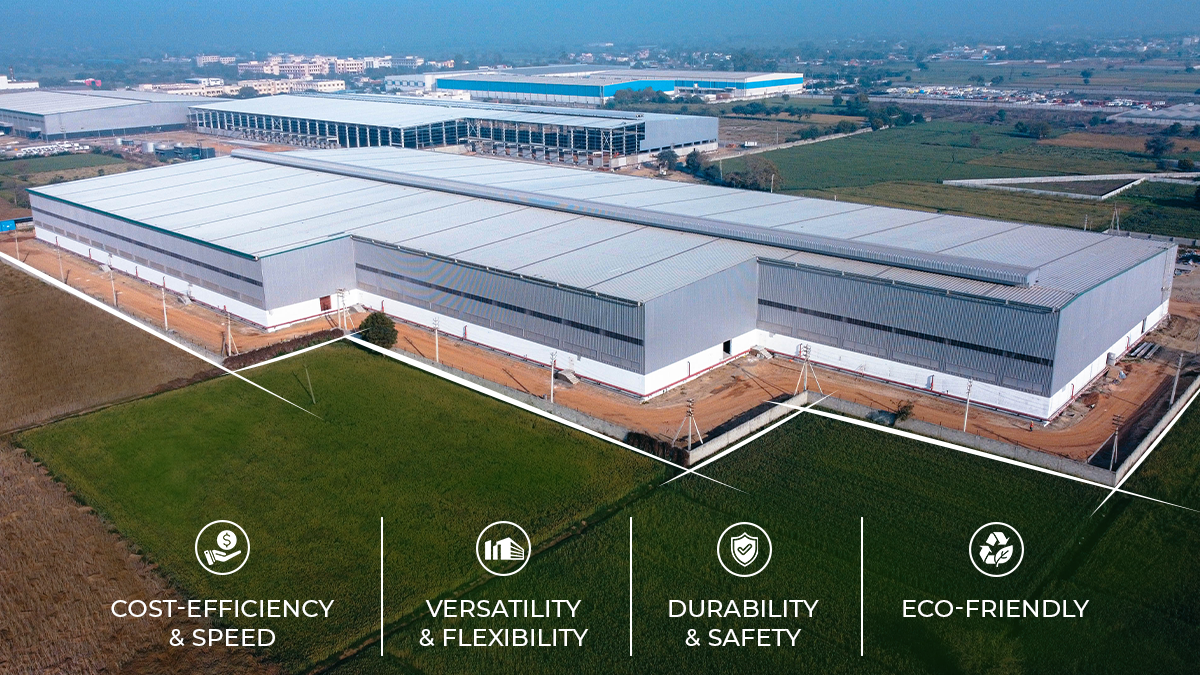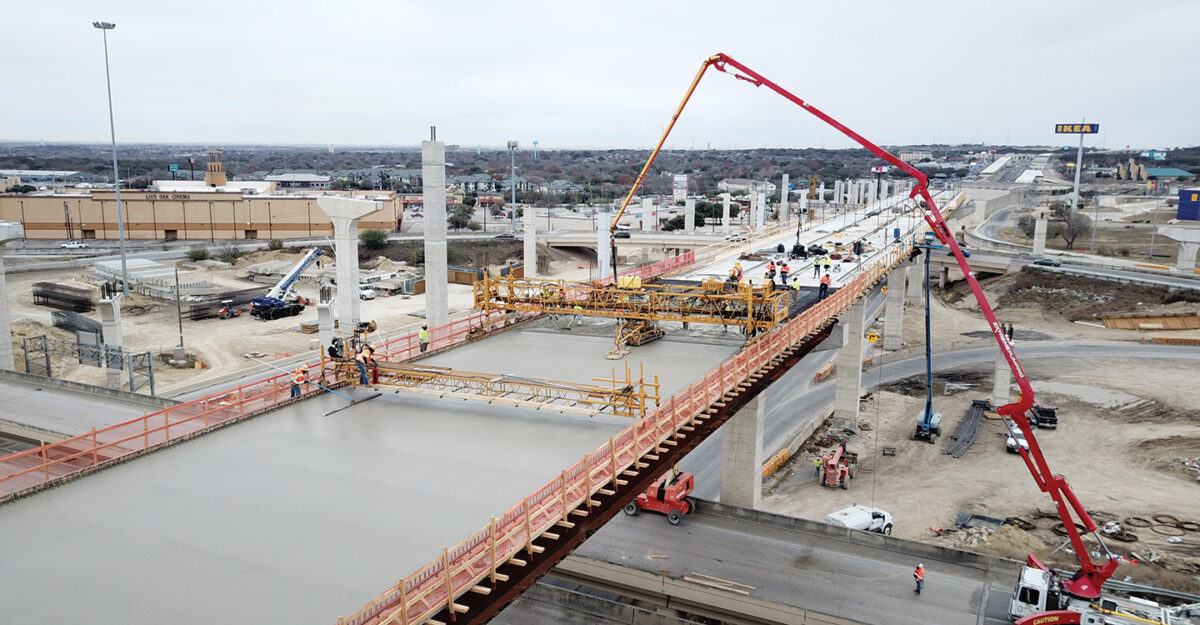
ENR Top Project Delivery Firms: Risks and Rewards Rise
[ad_1]
✕
Top 100 Project Delivery Firms saw demand for design-build and construction management-at-risk delivery methods increase by 11% and 13.4% respectively last year, reflecting what firms say is a drive toward greater project collaboration. Yet, as rapidly shifting federal policies threaten to slow momentum, firms say now more than ever is an opportunity to reaffirm the value of alternative delivery methods.
How owners choose a project delivery method is often a nuanced process, Top 100 Delivery Firms say. As owners turn to firms to help bake certainty into their projects under increasingly uncertain market conditions, a familiarity with alternative project delivery methods such as design-build and construction management-at-risk (CMAR) can often be a deciding factor in their choice.
Driving Design-Build
Barton Malow’s Gabe Rodriguez says the firm has seen a shift toward progressive design-build models, “with contracts increasingly adopting an integrated project delivery approach.”
The No. 18-ranked design-build firm says its clients in the mission-critical and natural gas and energy sectors are showing a willingness to open themselves up to more risk by transitioning away from classic engineering, procurement and construction delivery to design-build.
Rodriguez, vice president of strategy and environmental analysis, adds, “This shift is driven by clients’ willingness to share more of the risk, as traditional delivery models are often too costly and time-consuming.”
Overall, revenue for ENR’s Top 100 design-build firms rose to $152.27 billion between 2023 and 2024, an increase that can be mostly attributed to domestic projects. Domestic design-build revenue rose 13.1% in the same time span, and increased 54.6% between 2021 and 2024. Median firm design-build revenue saw a more modest increase, rising 4.2% between 2023 and 2024. Of the 97 firms that reported design-build revenue this year and last, 67% saw an increase in revenue. The equivalent number was 77.4% on last year’s survey.
Balancing Risks
Burns & McDonnell Chair and CEO Leslie M. Duke says the Kansas City, Mo.-based firm is seeing alternative project delivery methods grow in the transportation sector, especially in highways, bridges and transit.
“These projects are often large, complex and time-sensitive, and governments are seeking faster project delivery, innovation and better risk allocation,” says Duke. “Over the last three decades, departments of transportation and tolling authorities have utilized design-build and public private partnerships to deliver complex projects.”

“We continue to head into an industry where ‘value engineering’ is less about multiple options to choose from.”
George Pfeffer, CEO, DPR Construction
Duke adds that transportation departments and municipalities have also embraced progressive design-build to “move projects along more efficiently.”
When it comes to CMAR, Clune Construction CEO Dave Hall says a combination of new owners entering the market and heavy investment in data centers is shifting more interest toward the delivery method.
“As these new entrants lack the experience of seasoned data center developers, they tend to be very amenable to CM-at-risk contracts, which allows them to benefit from Clune’s vast experience through partnering,” says Hall.
ENR’s Top 100 CMAR firms saw domestic revenue rise 14.7%. Median firm CM-at-risk revenue came in at just under $1.1 billion, up 12.8% from $963.88 million reported on last year’s survey. Of the 98 CMAR firms that filed last year and this year, 69% of the firms reported an increase in revenue.
Shifting Value
With shifts in market challenges, Top 100 firms say the value proposition for choosing alternative project delivery methods is also shifting.
DPR Construction CEO George Pfeffer says, “We continue to head into an industry where ‘value engineering’ is less about multiple options to choose from and more about anything available that can meet the needs of the project.”
DPR ranked No. 4 on the CMAR list and No. 34 on the design-build list this year.

“There are enough lessons learned from design-build that even customers that do not adopt are looking to integrate elements of it into delivery,” says Pfeffer. Additionally, he says many of the firm’s CMAR clients still promote the benefits of getting stakeholders involved early.
“That can lead to more efficient and effective precon services, and surface better prefabrication opportunities,” Pfeffer says.
As budget and timelines are increasingly crunched, Lee Lewis Construction Inc. COO Ryan Lewis says the value engineering has become a necessity for the No. 76-ranked firm.
“Owners seem most excited about having the opportunity to mold their project into their budget over the preconstruction phase,” says Lewis, “rather than be handed a hard-bid project that comes in over budget and results in possible delays or increases in redesign time and cost.”
Battling Bottlenecks

“The main issues today are what have always been the main issues—how can we get all of the groups on the same page.”
Brian Jones, President and CEO, Gray Construction
Despite alternative project delivery methods offering more collaboration, Top 100 firms say challenges remain in the form of bottlenecks at different steps in the project delivery process.
John Rakolta III, president and chief administrative officer at Walbridge, says long lead times caused by labor shortages are among the firm’s greatest bottlenecks. However, Rakolta says he expects those challenges shifting in the long term as more people enter the trades. The firm is ranked No. 27 on the CMAR list and No. 16 on the design-build list.
“For the last several decades, the mindset was that to be successful you had to go to college. However, in the past five years there’s been a greater push to promote that success can also be achieved by pursuing a career in the trades,” says Rakolta. “Many skilled tradeworkers are retiring or near retirement age. For every five retirees in the trades, we’re replacing them with two new entrants. Addressing this challenge requires a concerted effort to attract and train new talent in the construction industry.”
Clayco CEO Anthony Johnson says the firm has been focused on guiding its clients through understanding newer market risks.
“Navigating an environment with high demand, cost uncertainty and tight lending leads to cautious decision making,” says Johnson, explaining that the firm is taking a proactive approach by investing more resources up front in its projects to help customers evaluate the best decisions.
Joeris General Contractors President Burton Hackney says the firm approaches potential liabilities as “shared responsibilities” among its clients, team, trade partners and design professionals, “fostering a collaborative environment that benefits all stakeholders.” Hackney adds, “This collaborative approach to risk management has proven highly effective in our CM-at-risk projects across Texas.” The firm is ranked No. 57 on the CMAR list.
Changing Roles

“We think that the adminstration’s focus aligns perfectly with the goals and the value of design-build project delivery.”
Lisa Washington, Executive Director, DBIA
FMI Corp. estimates that design-build delivery will account for nearly 50% of all construction spending by 2028. Design-Build Institute of America (DBIA) Executive Director Lisa Washington says such growth reflects a better understanding of collaboration inherent in design-build and a broader appreciation for how alternative project delivery can reduce risk and optimize project resiliency in the long-term.
As more federal projects focus on efficiency and lowering costs, Washington says these are areas where design-build shines the best.
“We think that the administration’s focus aligns perfectly with the goals and the value of design-build delivery when it comes to the build environment,” says Washington. As projects grow in complexity, “resiliency is a huge factor for owners and industry,” she says, adding that “owners are starting to really understand the role that they play in successful design-build” through the whole life cycle of a project.
Owner advisers are becoming more commonplace, says Ferrovial Construction’s CEO Ignacio Gastón. “This role is instrumental for the success of projects,” he says. “Over time, we have gone from having no advisers to having ‘delivery partners,’ technical advisers, legal advisers, etc.”
Yet challenges to keep everyone engaged still remain, says Gaston. “There is a risk of the client being diluted and losing perspective of the project’s priorities, goals and needs,” he says.
The greater a project’s complexity, the more important it is to keep stakeholders on the same page, explains Gray Construction President and CEO Brian Jones.“The main issues today are what have always been the main issues—how can we get all of the groups on the same page, talking and working together, and how can we get the project completed quickly and effectively,” says Jones. “While some of the peripheral processes have been altered over the years, we’re all still working toward that one main goal.”
Transparency strengthens trust, says Moss CEO Scott Moss. The firm is ranked No. 13 on the CMAR list.
“Our goal has always been to develop long-term partnerships with owners that align with our win-win philosophy,” says Moss. “In the end, it is about honoring relationships. It is essential for construction managers, trade contractors and clients to collaborate and find solutions together—solutions that consider the well-being and success of every member of the team.”
[ad_2]
Source link
Post a Comment
You must be logged in to post a comment.



